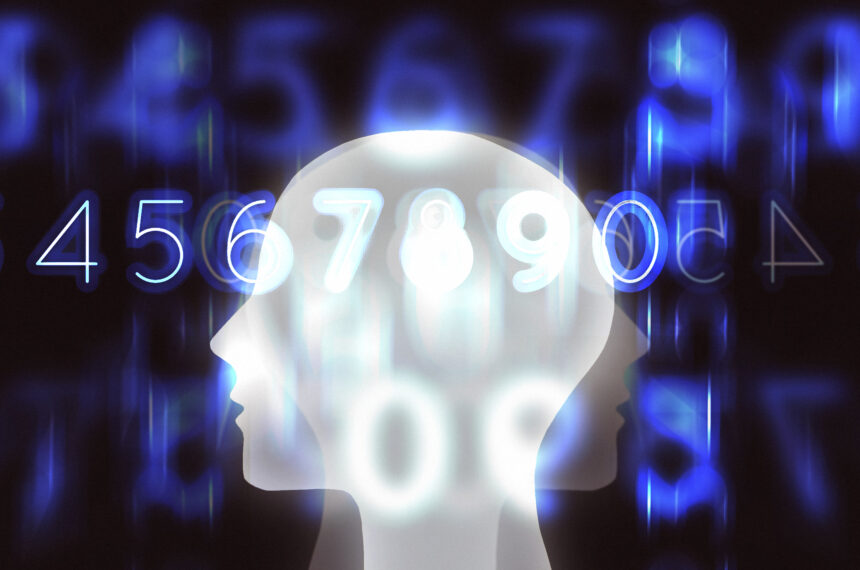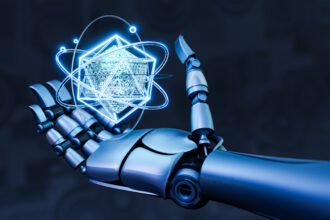The world of artificial intelligence (AI) continues to astonish the global community, but a recent advancement has truly taken it to an unprecedented level. Researchers have unveiled a mind-blowing discovery that allows AI to interpret human brainwaves and convert them directly into speech. Yes, you read that right—scientists are now using AI to read our thoughts and translate them into coherent verbal communication. This groundbreaking innovation is poised to revolutionize everything from healthcare to communication, creating new possibilities we could only dream of until now.
The Rise of Brain-Computer Interfaces (BCIs)
The development of brain-computer interfaces (BCIs) has been gaining momentum in recent years. These systems serve as a communication bridge between the brain and external devices. While BCIs have been used for simple tasks like moving a cursor on a screen, the integration of artificial intelligence (AI) into these systems is opening entirely new frontiers.
The collaboration between neuroscientists and AI engineers has made it possible to interpret the complex electrical signals of the brain. These signals, once considered too intricate to decode in real-time, are now being understood using deep learning algorithms and neural networks. This marks a significant leap forward, especially for patients who are non-verbal due to conditions such as ALS, stroke, or spinal injuries.
AI Models That Understand Human Thoughts
In the latest studies, AI models were trained on massive datasets of brainwave recordings. Volunteers were asked to think specific thoughts while undergoing fMRI or EEG scans. The AI systems, using machine learning techniques, learned to identify patterns in brain activity that correlate with particular words or phrases. This enables the AI to “read” what the person is thinking and articulate it into spoken language.
Researchers reported staggering levels of accuracy—up to 85% in controlled environments—when translating thoughts to speech. These results are not only statistically significant but also indicate that artificial intelligence (AI) has reached a stage where it can comprehend nuanced human cognition with high precision.
Practical Applications in Medicine
One of the most immediate and promising applications of this technology is in the field of medicine. Patients suffering from neurodegenerative diseases or severe injuries often lose their ability to speak. Traditional communication methods, like eye-tracking software or alphabet boards, can be slow and cumbersome.
With mind-reading AI, patients could regain their voice. The system allows them to simply think their message, which the AI then converts into audible speech. This could drastically improve their quality of life and help restore a sense of autonomy and human dignity.
Moreover, this technology could be integrated into prosthetic limbs or robotic assistants. By simply thinking of a movement or a command, users could control devices with unmatched efficiency. This could transform physical rehabilitation and daily living for millions of people globally.
A Game-Changer for Human Communication
Beyond the medical realm, artificial intelligence (AI)-powered mind-reading has far-reaching implications for general communication. Imagine a world where language barriers become irrelevant. AI could interpret thoughts and translate them into any language, fostering global understanding and cooperation.
This kind of technology could also revolutionize education, helping students with learning disabilities express themselves better. In business, it could streamline meetings and negotiations by allowing direct, unfiltered sharing of ideas. And for people suffering from anxiety or speech disorders, this might be the bridge to better interpersonal relationships.
Ethical Concerns and Privacy Issues
As with all powerful technologies, this advancement raises ethical and privacy concerns. The idea that machines can read human thoughts is both awe-inspiring and alarming. Who controls this data? How secure is it? Could it be misused for surveillance or manipulation?
Experts emphasize the need for stringent ethical guidelines and transparent policies. Users must retain control over when and how their brain data is accessed. There should also be clear opt-in protocols and legal protections to prevent misuse.
Additionally, developers are working to ensure that these systems are as non-invasive as possible. While some current technologies rely on implantable electrodes, the goal is to make external devices (like helmets or wearable headsets) equally effective. This would make the technology more accessible and less intrusive.
The Role of AI in Mental Health
Interestingly, artificial intelligence (AI) might also play a role in improving mental health. By analyzing brainwave patterns, AI could potentially detect signs of depression, anxiety, or other mental health conditions even before symptoms become obvious. This could enable early intervention and personalized treatment plans.
AI-driven mind-reading could also provide real-time emotional support. For example, AI companions could gauge a person’s emotional state through brain activity and respond in ways that are empathetic and comforting. This could be invaluable for people struggling with loneliness or mental health challenges.
A Look Toward the Future
This astonishing capability of AI to translate thoughts into speech is just the beginning. Researchers envision a future where thought-based interaction becomes commonplace. We may no longer need keyboards, touchscreens, or even spoken words to communicate with each other or with machines.
This could lead to the emergence of a new kind of human-machine symbiosis. In such a world, AI would not just be a tool but a true partner in human life—understanding our needs, interpreting our thoughts, and helping us in ways never imagined.
As artificial intelligence (AI) continues to evolve, it’s essential to ensure that these advancements are harnessed responsibly. Governments, tech companies, and civil societies must work together to create frameworks that prioritize ethical use, user consent, and universal access.
Conclusion: A New Era of AI-Driven Human Empowerment
We are standing at the threshold of a new era. The ability of artificial intelligence (AI) to read and interpret human thoughts is not just a technological milestone—it’s a transformative moment for humanity.
From giving voice to the voiceless to reshaping communication, from advancing mental health to enabling seamless human-AI interaction, the potential applications are limitless. But with great power comes great responsibility. As we marvel at these achievements, we must also commit to developing them ethically and inclusively.
What was once the realm of science fiction is now becoming a scientific fact. And with the power of AI, the future truly lies within our minds.











